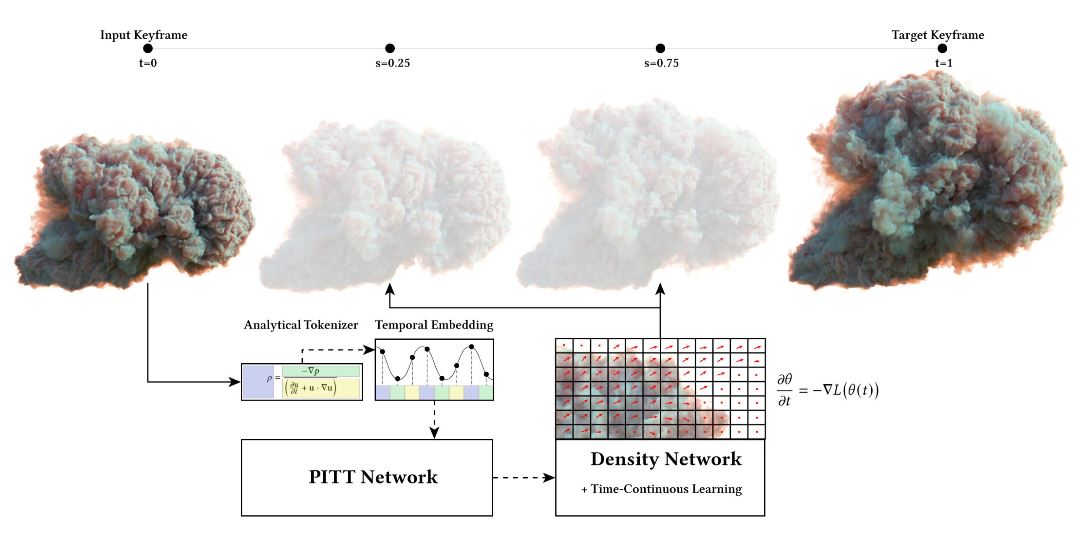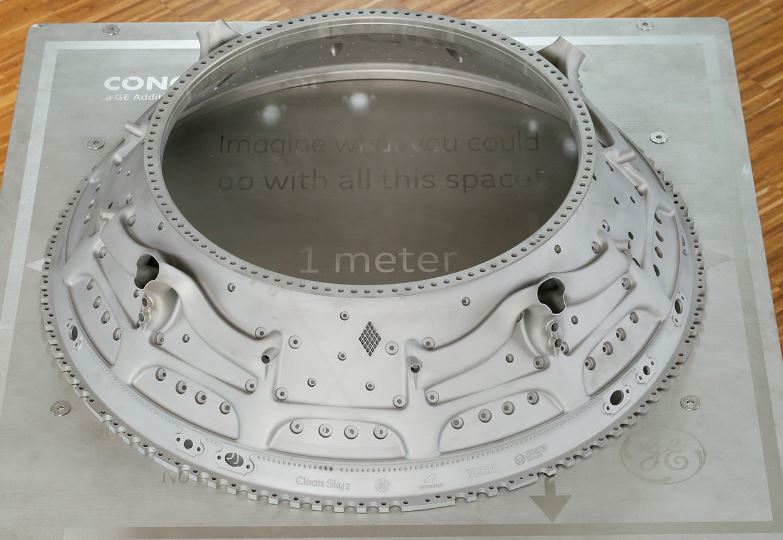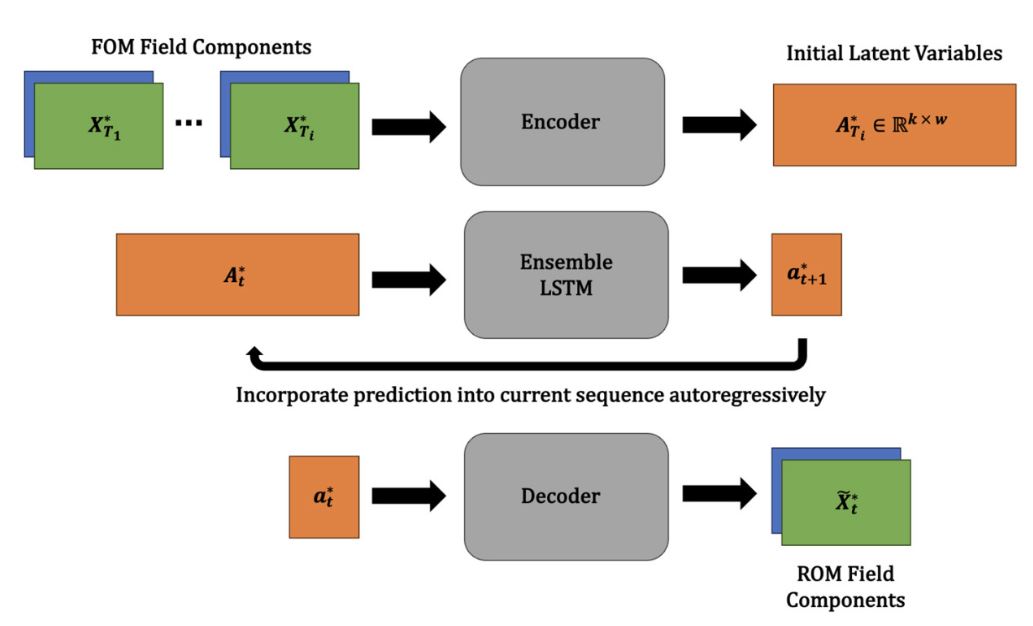Recently Published by Autodesk Researchers
Autodesk Research teams regularly contribute to peer-reviewed scientific journals and present at conferences around the world. Check out some recent publications from Autodesk Researchers.
Optimization of Large-scale Aeroengine Parts Produced by Additive Manufacturing
Additive Manufacturing (AM) presents a ground-breaking opportunity to produce lightweight parts with enhanced functionality and design flexibility and stands out as an appealing choice for manufacturing aerospace engine parts. Laser Powder Bed Fusion (LPBF), also known as Direct Metal Laser Melting (DMLM), currently dominates the industry due to its capability to achieve high part quality and density using advanced machinery. This study explores the feasibility of printing large-scale engine parts, covering the design process, additive manufacturing, and aerothermal testing. The redesigned frame showcased a 34% weight reduction and a 91% decrease in pressure loss while consolidating over 100 parts into one assembly.
FluidsFormer: A Transformer-Based Approach for Continuous Fluid Interpolation
FluidsFormer is a transformer-based approach for fluid interpolation and edition within a continuous-time framework. By combining the capabilities of a physics-transformed transformer token (PITT) architecture and a residual neural network (RNN), the analytically predicts the physical properties of the fluid state. Network architecture enables the team to interpolate substep frames between simulated keyframes, enhancing the temporal smoothness and sharpness of physics-based animations. The research reveals promising results for smoke interpolation and conduct initial experiments on liquids.
Reduced-Order Modeling of Unsteady Fluid Flow using Neural Network Ensembles
The use of deep learning has become increasingly popular in reduced-order models (ROMs) to obtain low-dimensional representations of full-order models. Convolutional autoencoders (CAEs) are often used to this end as they are adept at handling data that are spatially distributed, including solutions to partial differential equations. In this work, the team proposes using bagging, a commonly used ensemble learning technique, to develop a fully data-driven ROM framework referred to as the CAE-eLSTM ROM that uses CAEs for spatial reconstruction of the full-order model and LSTM ensembles for time-series prediction. When applied to two unsteady fluid dynamics problems, our results show that the presented framework effectively reduces error propagation and leads to more accurate time-series prediction of latent variables at unseen points.
Get in touch
Have we piqued your interest? Get in touch if you’d like to learn more about Autodesk Research, our projects, people, and potential collaboration opportunities
Contact us
